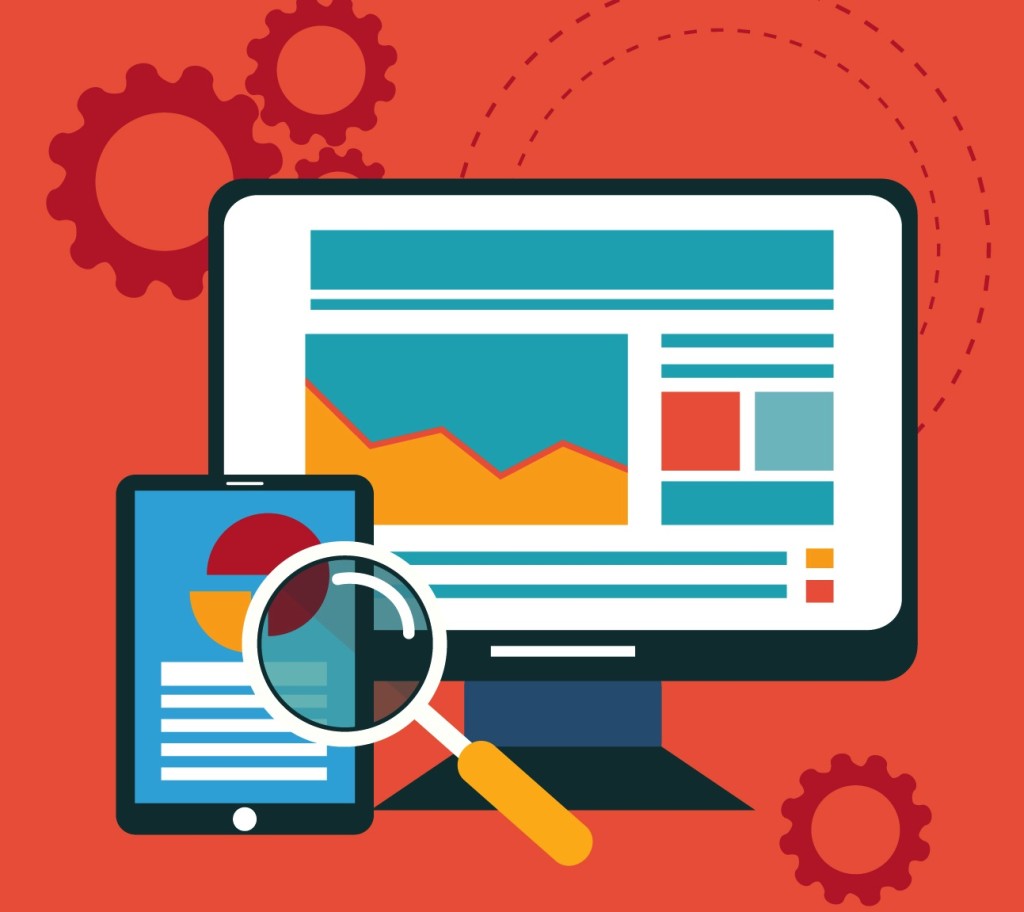 It’s easy to understand why “predictive analytics” was one of the most popular buzzwords of 2016 for B2B marketers. At its core, predictive analytics means being able to predict the future behaviors and actions of both customers and competitors. Imagine being able to roll out a marketing campaign that immediately resonates with customers. Imagine being able to come up with marketing messages that get customers to act exactly the way you’d like them to act.
It’s easy to understand why “predictive analytics” was one of the most popular buzzwords of 2016 for B2B marketers. At its core, predictive analytics means being able to predict the future behaviors and actions of both customers and competitors. Imagine being able to roll out a marketing campaign that immediately resonates with customers. Imagine being able to come up with marketing messages that get customers to act exactly the way you’d like them to act.
It’s easy to understand the allure. There is a fundamental assumption that the more data a company has, and the more powerful are the computing algorithms used to crunch that data, the better the business insights will be. It’s not just about finding the proverbial “needle in a haystack” – it’s about finding several needles at the same time on a regular basis.
And now, according to a recent survey by Demandbase and Wakefield Research, a whopping 80 percent of B2B marketers say that artificial intelligence (AI) could revolutionize the field of marketing within the next five years. In many ways, AI is the next logical step in predictive analytics, adding even more firepower to a marketer’s toolkit. Consider just some of the findings from that survey:
60% of marketers say AI will give them more insight into their customer accounts
56% of marketers say AI will give them a more detailed overview of the competitive landscape
53% of marketers say AI will help them identify prospective new customers
53% of marketers say AI will help them expedite daily or repetitive tasks
What’s important to note here is that not only do marketers think that AI will help them with existing customer accounts, but also they think it could help them unearth entirely new customers that they hadn’t been thinking about before. That has very big implications for the bottom line. Imagine being able to grow your leads by 10% just by being smarter about the way you analyze the data.
Of course, talking about AI is easier than actually implementing it. In that same survey, 60 percent of B2B marketers noted that integrating any AI solution into existing infrastructure would most likely be “problematic.” Another 54 percent of marketers said that “educating staff” about how to use the new AI solution would also be a significant barrier. And another 46 percent worried about “deciphering results.” Finally, another 42 percent had reservations about the “potential high price tag” of any AI solution.
Some of today’s most powerful predictive analytics and competitive intelligence tools hint at what’s coming in the future. Metrix Lab, for example, is a competitive intelligence vendor that is looking for ways to derive actionable business insights from marketing research and data. That means insights on brand performance or media effectiveness. And it also means insights into how companies acquire and retain customers.
What will be interesting in 2017 is to track both the demand and supply side for AI solutions – the companies that want them, and the companies that can provide them. 2016, for example, saw the launch of Salesforce’s Einstein. What’s next in 2017?
IMAGE: Designed by Freepik
